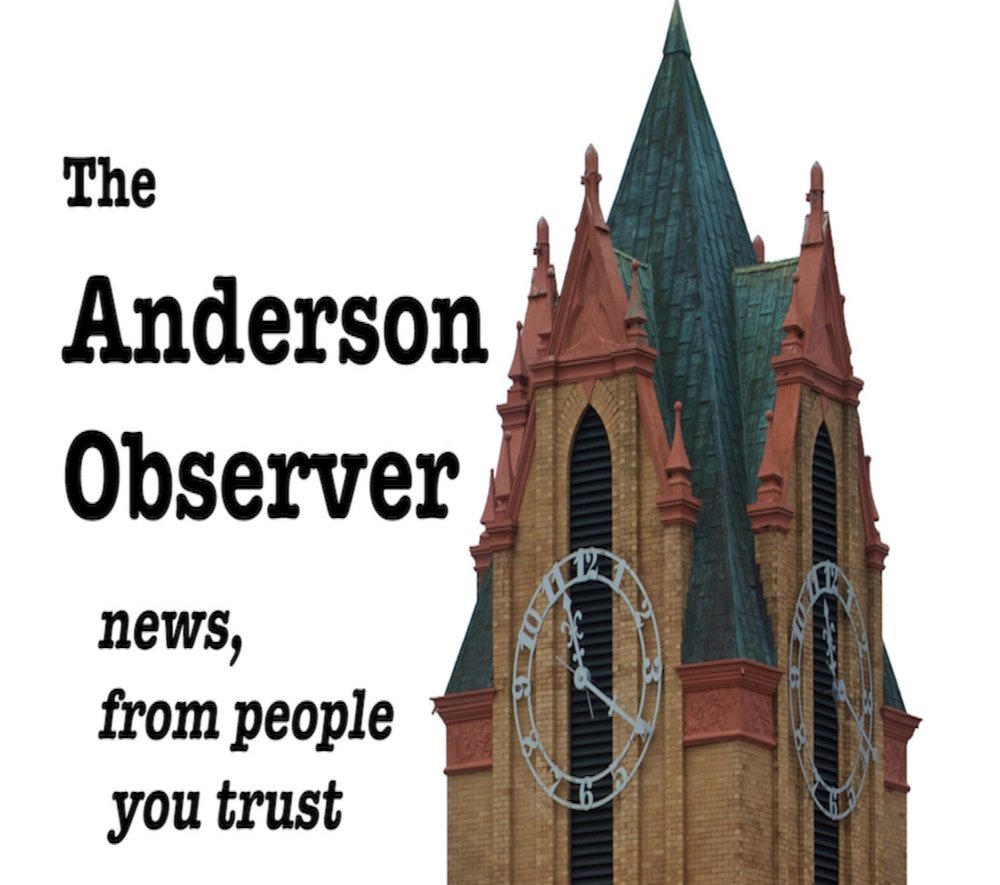Honea Path Artist's Work Tells Stories
Greg Wilson/Anderson Observer
If the United States Postal Service issued a Justin Thomas Atkin stamp, (and just maybe they should), the legend would read: “A creative mind never sleeps.”
Atkin’s jobs may number more than the total hours of sleep he gets in an average night, but those who meet him would never know it. (Four jobs vs. around two hours sleep per night).
The folk artist/storyteller/gravestone restorer/miller effortlessly exudes the temperament of an old-school Southern gentleman, along with cool demeanor of a man who has found his groove in the world and is enjoying every minute. His art has captured the attention of a number of regional art galleries and art lovers, including the board of Paradise Garden, the keeper of the flame for folk art god, the late Howard Finster. Atkin’s work was featured at the site of Finster’s art paradise in May and he has been asked to return in September for Finster Fest, an art festival which brings thousands to Summerville, Ga., each fall.
It’s little surprise, given the similarity of Atkin’s work to that of Finster, that man widely regarded as one of the most important self-taught artists of the 20th century, who imaginatively transformed humble everyday material others would call junk into art. Finster would paint on anything, and saw no limits of creating art with fence wire, yard chairs, tables, houses, hubcaps, plywood and most anything else he could use as a vehicle for his work. Bold colors and intensively religious messaging on most of Finster’s work is clearly echoed in the art of Atkin, who was made aware of this fact having never seen Finster’s work.
"The first time I heard of Howard Finster was when someone said my artwork reminded them of him," said Atkin. "I began to look him up and I instantly was blown away by Howard’s artwork. I visited Paradise Garden and came to realize that me and Howard are kindred spirits. Since then, I have been greatly inspired by the art and life of Howard Finster.”
A resident of Honea Path, Atkin grew up in the Saylors Crossroads Community of Anderson County, where his family has lived for generations, And, like Finster, he is a self-taught artist, and recognized as a local historian as well as a fine storyteller.
“My art reflects those things but most of all it reflects the people,” said Atkins. “I put great detail in the people of my artwork as I tell their stories. I like bright colors and true stories of the strange, the miraculous, and ironically - the common.”
His gift for telling stories is clear in his work. From a tale of his father ruining his son’s fishing rod swiping at a snake ins his painting “Memory of my Daddy,” to the news of the killing of striking workers in Honea Path in his “Murder at the Chiquola Mill,” Atkin used bold strokes and vibrant color to bring the tales to life. He is equally animated in telling the tales when asked why he painted a certain piece, making him in demand locally in the area and beyond.
His work is also featured on the artists’ page on the website of Greenville's Christopher Park Gallery, where his work is displayed and some pieces offered for sale.
Atkin has also gained a regional reputation for his highly sought-after stone-ground grits and corn mill, the product of one of his other gigs, where he owns and operates his own mill, Atkin Milling Co. The grits and cornmeal are available across much of the Upstate.
The father of three small children, Atkin also spends a large portion of his week at the Anderson I & II Career and Technology Center, where he serves as maintenance supervisor.
In his spare time, Atkin also repairs and restores old tombstones.
“I stay busy, but it’s all good,” said Atkin, who counts it all as joy to live and swim in the deep stream of creativity and family.
